What is retargeting?

Article topics
- What is retargeting?
- How do retargeting campaigns work?
- What marketing channels can you use for retargeting campaigns?
- What are the benefits of retargeting ad campaigns?
- Are retargeting and remarketing the same thing?
- Will retargeting ads be affected by the change to third-party cookies?
- Creating the perfect retargeting campaign: our top tips
- Xigen: your PPC ads specialist
What is retargeting?
Imagine that someone visits your website, looks at the products you sell, and leaves without making a purchase.
What do you do?
While the easiest thing would be to wait and see if they come back, the best thing to do is to remind them that you’re still around.
And that’s where retargeting ads come into play.
Not sure what retargeting is? In this comprehensive guide we’ll explain the basics, which marketing channels to use, and share our top tips for implementing a solid retargeting campaign that drives conversions.
So, what is retargeting?
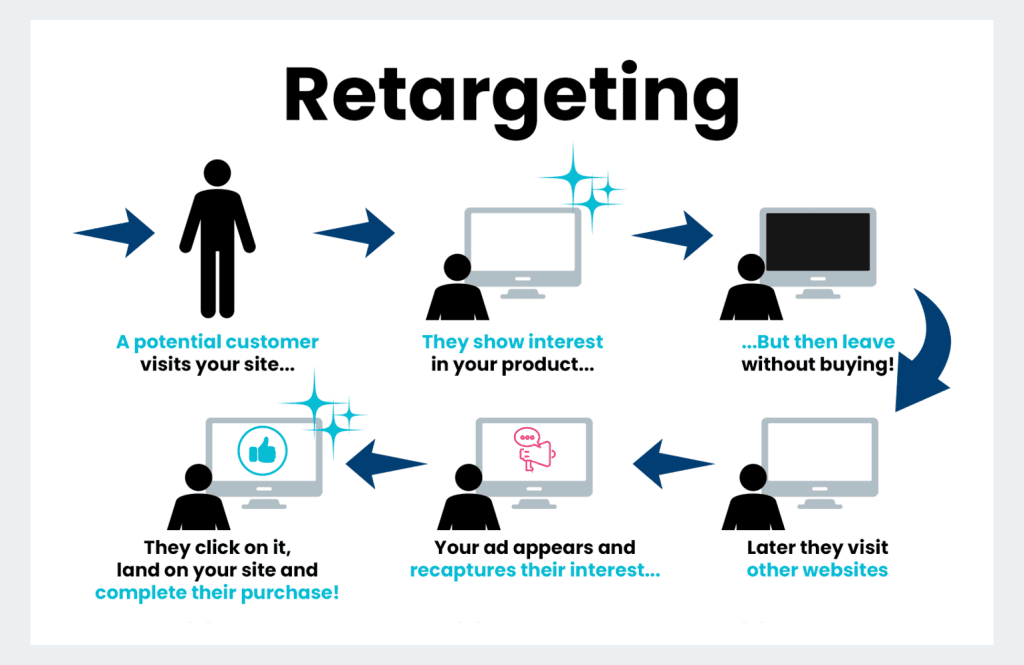
Retargeting is when you advertise your business and/or the products or services you sell to people who have interacted with your brand but have not bought from you.
Let’s go back to the example we mentioned in the intro to this article. A prospective customer visits your eCommerce store and checks out some of your products but exits your site without taking action.
You can set up a retargeting campaign to follow that person around the web, showing them adverts for the products they looked at. This increases brand awareness and encourages them to come back and buy the items they saw.
How do retargeting campaigns work?
Retargeting campaigns work by adding a small piece of code to your website – often called a ‘pixel’.
When someone visits your site (or a specific page on your site), the code places a cookie on their browser. This cookie then interacts with the relevant PPC platform, telling it to show your retargeting ads to that person.
What marketing channels can you use for retargeting campaigns?
In our experience, the best marketing channel to use for retargeting campaigns is pay-per-click (PPC) advertising – particularly Google Display Ads and paid social advertising.
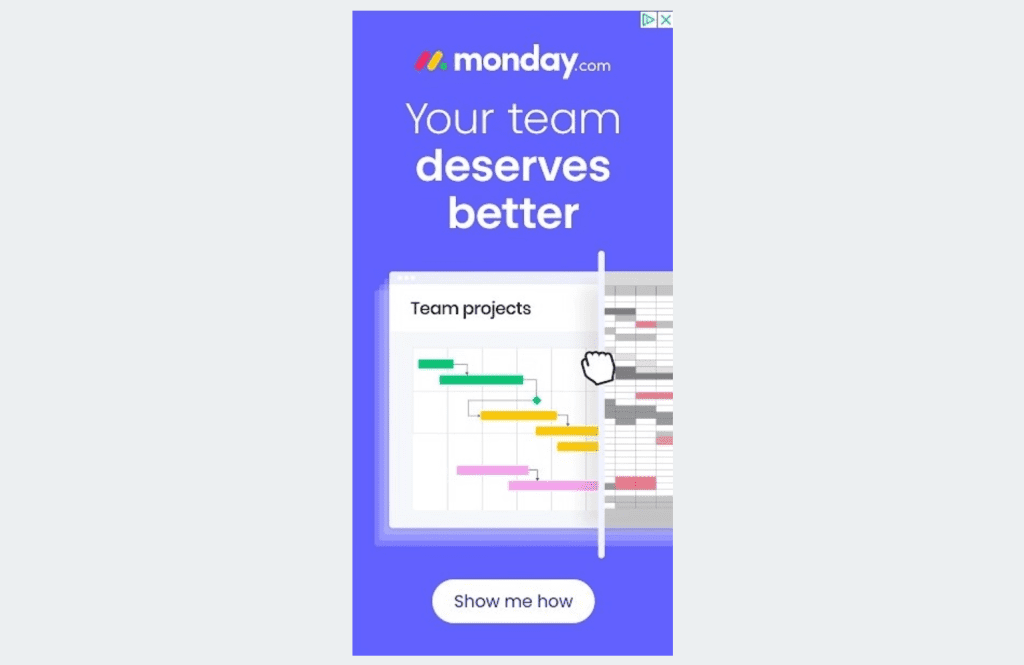
Google Display Ads are a fantastic option as the Google Display Network is massive – you can show your ad on over two million websites!
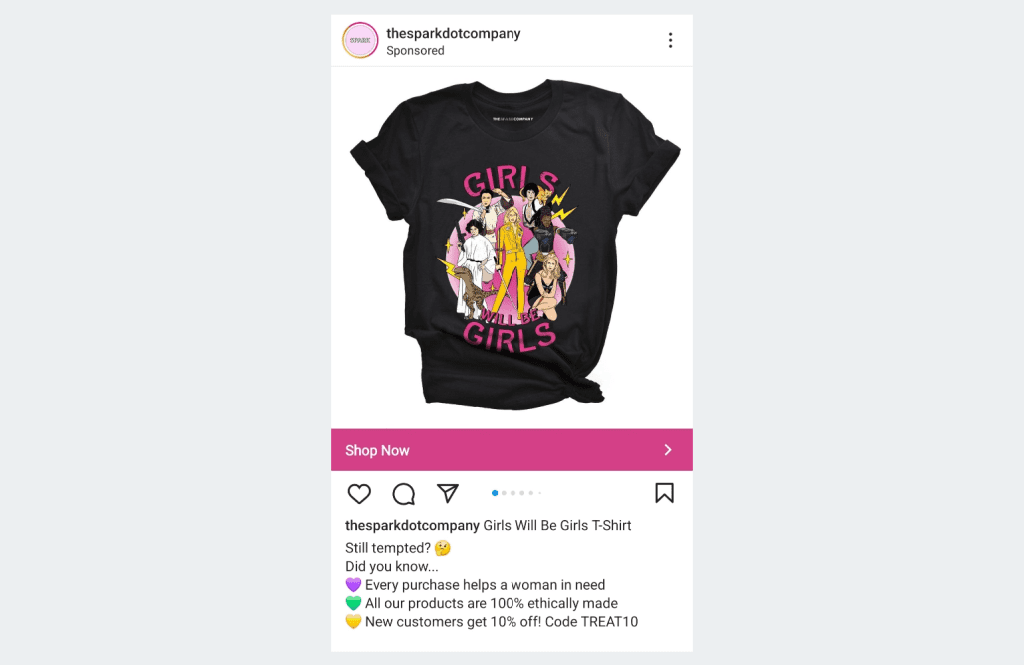
Social media retargeting on platforms like Facebook and Instagram (collectively known as Meta) works well too – 77% of marketers use social media retargeting. The average person spends 2 hours and 23 minutes a day on social media, meaning your ads are highly likely to be seen by potential customers.
What are the benefits of retargeting ad campaigns?
Why are PPC retargeting ads so popular with digital marketers? Here are some reasons you should factor retargeting into your ad strategy.
You’re targeting ‘warm’ customers
Retargeting ads have a high conversion rate – up to 147% in certain industries.
With retargeting, you’re promoting your products and services to customers who are already aware of your brand and have visited your site before. As a result, you’re advertising to customers who are in a strong position to make a purchase.
They’re cost-effective
If you have a limited marketing budget, remarketing can be a great way to see a return on ad spend (ROAS).
The average cost-per-click (CPC) for a Google remarketing ad ranges from 51p to 96p – far less than the 78p to £1.56 for a Google Search ad.
Typically Google Display Ads costs are low as you’re targeting people at the start of the sales funnel rather than those at the end. However with retargeting, you’re focusing on customers who are potentially close to buying.
There are a lot of options
Retargeting ads are great as they are flexible. In addition to being able to run them on a range of different platforms, you can specify who you want to target and choose from a range of ad placements.
For example in Google Display Ads, you can exclude your ads from appearing below the fold of a page and specify websites you don’t want your ads to appear on.
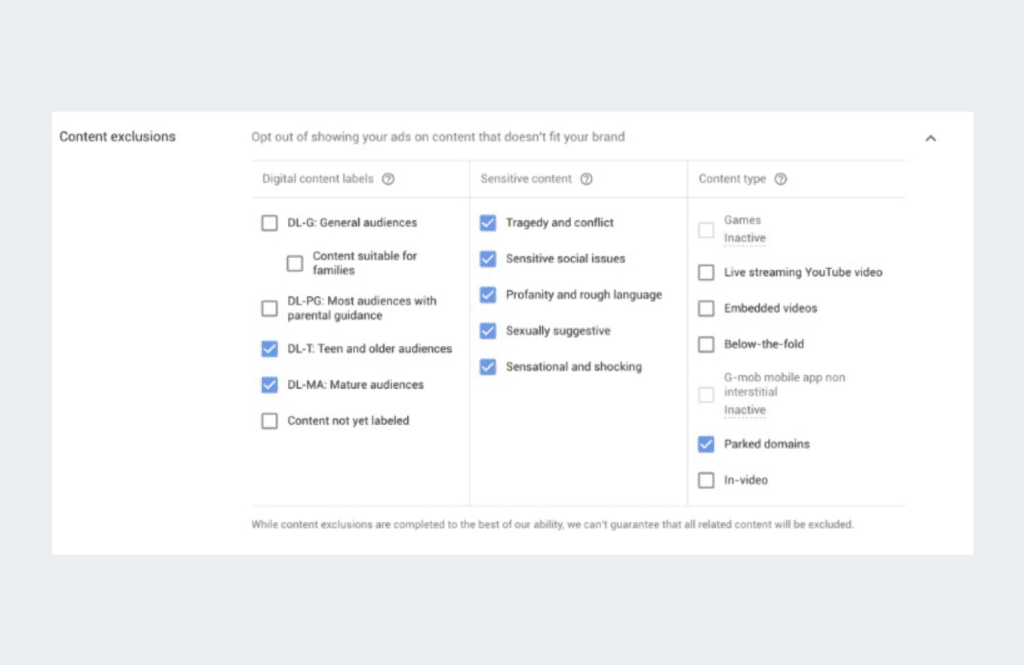
This means you can ensure your ads show to the right people, those who are more likely to make a purchase.
Are retargeting and remarketing the same thing?
No. You might hear some digital marketing agencies use these terms interchangeably, but technically, they are two different marketing strategies.
Retargeting is when you market to people who have not bought from you yet, with the goal of encouraging them to buy.
Remarketing is when you market to people who have bought from you in the past, with the goal of encouraging them to re-engage with your brand. This table will shed light on what you can use the two different strategies for.
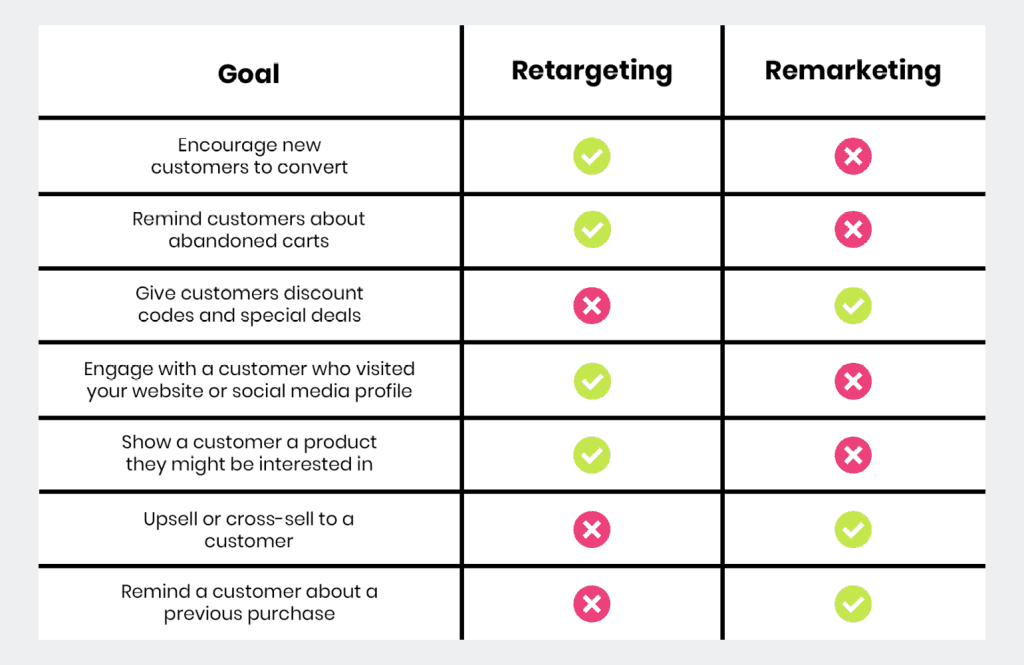
You can use PPC ads to implement a remarketing campaign – you would do this by uploading an email list of customers who have bought from you in the past. However, the best way to remarket to customers is through an email marketing campaign.
As you can segment and personalise your emails, you can use email marketing to send persuasive emails that entice existing customers to check out your latest products.

Will retargeting ads be affected by the change to third-party cookies?
In 2025, Google Chrome will phase out third-party cookies for all users. It will be the last browser to block them, after Safari, Firefox, and others.
A third-party cookie is one that is created by a website that is not the one you’re using. As Google Ads or the social media platform you’re advertising on has made the cookie you add to your site – this is a third-party cookie.
So, will the elimination of third-party cookies affect retargeting campaigns? It’s hard to say at this point.
The phaseout of third-party cookies means advertising platforms have less detailed data to work with. So while you will still be able to use retargeting campaigns, it may mean they’re less accurate.
However, it’s important to remember that advertising platforms have known about the removal of third-party cookies for years. Mozilla removed third-party cookies from Firefox in 2013, and nearly three-quarters of iOS users have implemented privacy tracking since it launched in 2020.
This means ad platforms have spent a lot of time investigating alternatives to retargeting, ensuring users’ privacy. For example, by offering contextual targeting, where ads are shown on third-party web pages that are similar to yours.
Things are still up in the air at the moment. However, given how much revenue platforms make through retargeting, they won’t drop these types of ads anytime soon.
Creating the perfect retargeting campaign: our top tips
Retargeting is a simple and cost-effective way to entice prospective customers back to your website. However, it’s crucial to have a strategy in place; otherwise you’ll burn through your budget with nothing to show for it.
We asked our PPC experts what eCommerce businesses need to consider when launching their first retargeting ad campaign. Follow these tips, and you’ll be well on the way to driving conversions!
Check that there are no underlying issues on your website first
If lots of people are visiting your website but aren’t buying, it’s worth checking to see if there are any roadblocks on your website before implementing a remarketing campaign.
For example, your product pages may load too slowly, your checkout process may be too long, or customers might not be willing to pay high delivery charges.
You don’t want to spend money encouraging people back to your website if they can’t (or are unwilling to) buy.
Put clear goals in place
When creating PPC campaigns, it’s critical to develop a plan. Before you build your campaign, think about:
- Who your target audience is. Who are the customers who are most likely to buy your products? This will help you identify which platforms to use, which pages to add your tracking code to, and what your ads should look like
- What your goal is. While purchasing may be the end goal for many companies, you may have a different goal in mind. For example, you might want to use retargeting to gather leads or get customers to sign up for your mailing list
- What metrics you want to measure. This will help you see if your campaign is on track. For retargeting, we recommend monitoring the following as a bare minimum:
- Click-through rate – how many people are clicking on your retargeting ads
- Cost per click – how much you’re paying for each click
- Conversion rate – the percentage of people who click on your ad and convert on your site
- Return on ad spend – the revenue you generate through retargeting versus the cost of your campaign
Try segmenting your campaigns
Personalising your marketing campaigns so they’re more likely to target individual customers leads to better results. According to McKinsey, personalisation can boost your overall revenue by up to 15%.
The easiest way to personalise your retargeting campaigns is through segmentation. For example, you can segment potential customers based on the pages they visit, the number of pages they access, and the time they spend on your site.
You can also segment using demographics. For example, if you have audiences in different locations, you can create different ads to appeal to these website visitors specifically.
Dynamic targeting is also a fantastic option and is a feature available in both Google Display ads and paid social. This lets you show the products that individual customers have specifically viewed, leading to a higher chance of making a sale.

Invest in high-quality imagery
Retargeting ads are generally image-led rather than copy-led. This means you need to create ads that are eye-catching, consistent with your brand identity, and showcase your unique selling point as a business.
It’s also important to vary your ads and keep things fresh. If prospective customers frequently see the same ad, ad fatigue may set in. This means they may start to ignore your retargeting ads. The good news is that you can set frequency capping on display ads so people don’t view the same retargeting ad too often.
Our top tip? Look at what other advertisers do to get inspiration. Google Ads and Meta have ad libraries so you can see what retargeting ads other businesses use to get results.
Also factor A/B testing into your ad campaigns. This allows you to run two similar versions of an ad at the same time so you can see which leads to the most conversions.
Google Ads and Meta both make it easy to run A/B campaigns and analyse the results.
Regularly see how your retargeting campaigns are doing
Like all other types of PPC ads, it’s essential to regularly check your retargeting ads to make sure they’re bringing you the results you want. Retargeting ads typically run on a long-term basis, so it’s important to tweak and optimise them often to ensure they drive the right traffic to your site.
We recommend reviewing your retargeting campaigns at least once a week – perhaps even more frequently if you’re running a large or complicated ad campaign.
Xigen: your PPC ads specialist
Did you know that only 2% of website visitors convert on their first visit?
By using retargeting, you can encourage the other 98% to return to your site and make a purchase!
Want help developing and launching your first retargeting campaign, or want to optimise your existing campaign to drive conversions? Our PPC experts will build and manage your retargeting campaigns, ensuring they’re set up correctly and target the right customers.
Get in touch today – we love to talk all things advertising!


 Back
Back
